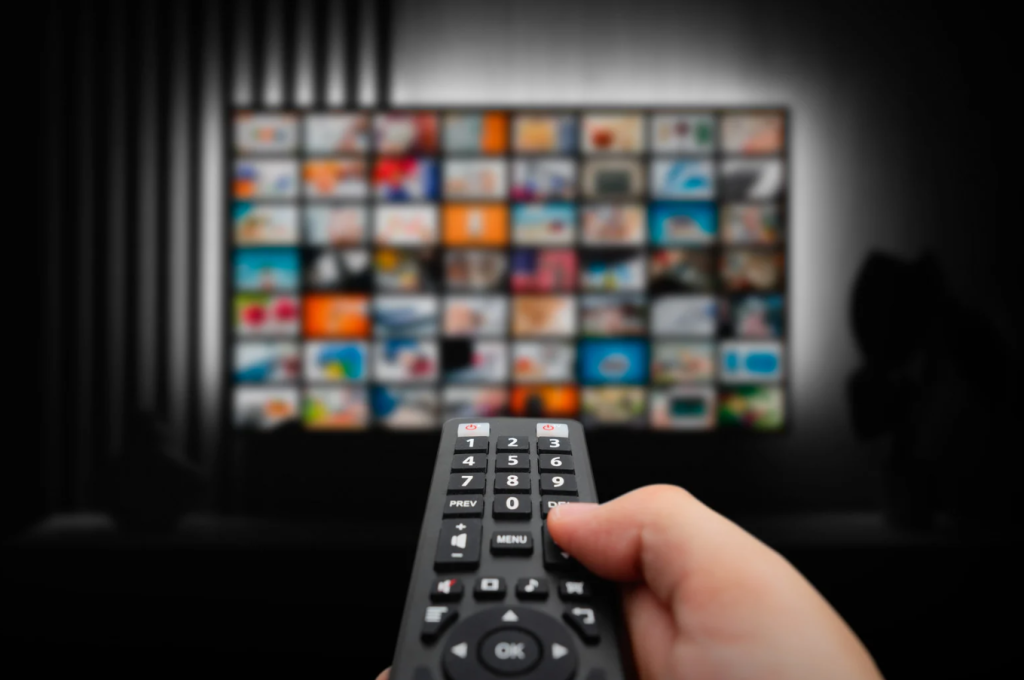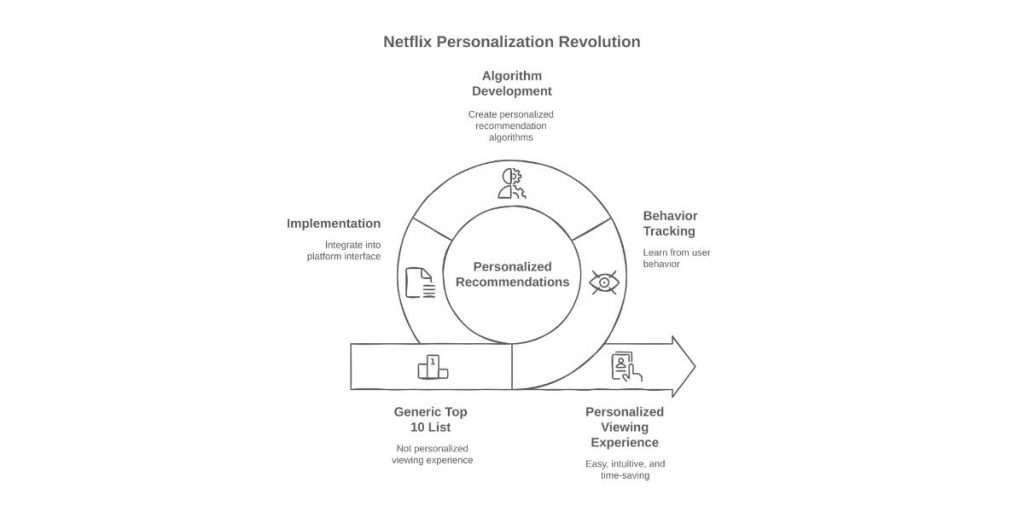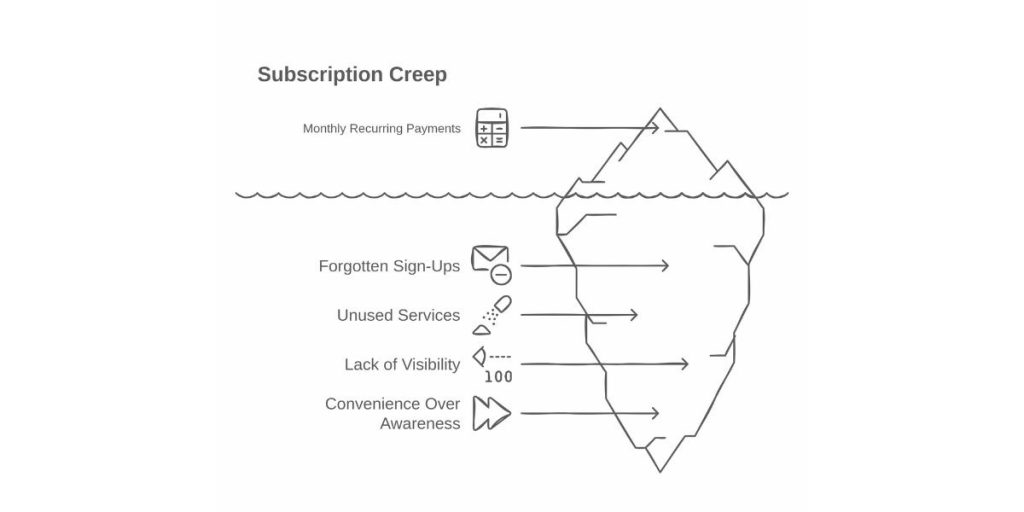
by Vidhatanand
Have you ever visited Netflix and had no idea what to watch, only to find yourself clicking on a TV show that seems to fit perfectly? You may not have been seeking anything in particular, but there it was, ready to be viewed. It is almost as though Netflix is reading your mind to determine what you want to watch.
That is when it really becomes interesting. What if the same kind of experience is not only influencing what we watch but also how we spend our money? What if every work tool, subscription, and app we tend to neglect follows the same model: easy to initiate but hard to cancel?
In this blog, we will discuss how streaming services like Netflix have shifted our perspective toward digital experiences. We shall investigate how that change is reflected in our spending habits, mainly toward subscriptions. We will also discuss how marketers can effectively incorporate personalization without overdoing it.
How Netflix Made Personalization Easy
Now that we have some insight into how Netflix eases the viewing experience for us, let us take a step back and see how this all happened in the first place. How did our apps and software become so smart at guessing what we want, even if we haven’t told ourselves yet?

It wasn’t always like this. Initially, online experiences were simple and easy. Normally, everyone viewed the same top 10 list or popular picks list. This strategy was successful, but it lacked personalization. But then things started to change. Services such as Netflix, Spotify, and YouTube began to understand behavior in real time. They were not only displaying trendy items. They started tracking what you were viewing, when you viewed it, what you missed, what you hovered over, and what you did not click.
Netflix transformed from being merely a library. Those little touches really did mean something big: they saved time, eliminated guesswork, and made a person feel really understood. No more thinking or reviewing options, just playing.
And it’s proven to be a success. Over 80% of the shows that a person watches on Netflix come from recommendations made by that platform, alongside over 30% of listening on Spotify.
Why Do We Now Expect That Experience Everywhere?
As users grew accustomed to Netflix’s seamless experiences, it was only a matter of time before similar experiences were needed elsewhere. The ease with which one could watch shows with a few clicks was so comfortable that it subtly altered what people anticipated of other applications, even those for work.

This change led to the rise of the subscription economy. Tools became increasingly simple to access, and users began to integrate them into their workflows. And the numbers say it all: the subscription economy is projected to reach US$1.5 trillion by 2025.
According to reports, small enterprises are already discovering that they hold anywhere from twenty to fifty different software tools. However, signing up is straightforward, while keeping it organized has become a challenge. Most people spend about $270 in subscriptions each month, while 90% of all users underestimate their spending.
The Hidden Cost of Convenient Sign-Ups
As we have previously observed, the process of registering with tools and services has been made incredibly simple. This convenience, however, frequently comes at the expense of being overlooked. When everything turns as simple as clicking, remembering the services and tools we are subscribing to becomes difficult. And, his silent buildup of repeated payments is called subscription creep.

It basically affects the freelancers or small groups who always have to try using some tools, just to achieve some one-time goal for the client, then realize they will have monthly charges for that one-off use. In fact, 42 percent of people confess that they have stopped using a subscription while still paying for it. It is not only forgetfulness; it simply slides off the track, easily, as everything runs in the background.
And this is where Subscription tracking tools such as TrackMySubs come in. They bring all of it together. You get a nice dashboard showing your subscriptions, a reminder before any renewal, and you get to make deliberate decisions on what stays and what goes. This visibility is essential in a world where a significant part of our buying is happening silently behind the scenes.
How Marketers Can Get Personalization Right
In the above section, we have explained how the convenience factor silently establishes the concept of subscription creep. And the other side of that experience is the marketer. And this is where the story shifts.
Here is where intelligent personalization comes in. Intelligent personalization shifts the paradigm from merely automating with data to directing context-relevant and help-oriented user journeys at times when people need their actual requirements, thus facilitating faster and easier decision-making. And it works. About 80 percent of customers are willing to spend money on companies that personalize experiences. That is an obvious reminder that when users feel understood, they are more likely to engage.
A 2024 review on SSRN supports this. It showed that the personalization that is built using transparency and consideration improves customer satisfaction and trust. This kind of balance between helpful and respectful is good marketing.
For this reason, conversion rate optimization platforms are becoming standard in many teams. These platforms guide marketers toward customizing websites and campaigns in a way that is both relevant and manageable without making the marketers totally dependent on the technical resources.
Balancing Act of Spending and Selling
So far, we have covered two sides of the same coin. The user, on one side, is in a world of easy signups and unnoticed spending. On the other side, the marketer is trying to bundle value with intelligent personalization. Now, it is high time that both come together.
Personalization as a tool is very powerful and needs greater awareness on the part of the user and accountability on the part of the marketer. There is a necessity to develop more appropriate digital experiences on both sides. To the user, clarity is the way to go. Begin by conducting a basic audit of your subscription and the tools you are using. Ask yourself what you use regularly, and what you no longer value. Then, maintain a system to keep up with it. This is where subscription aggregators like TrackMySubs can be used, which shows all your recurring payments in one place and warns you of charges before they appear.

However, as a marketer, it is a matter of leveraging the strength of personalization to genuinely care about the user. This implies instilling confidence in people’s decision-making and providing content that meets their needs. It is not overpowering, but it is guiding. Both parties help each other when each one behaves with intent. The mindful consumer and the thoughtful marketer create superior, more genuine relationships.
The choice is not between growing and saving. It is just a matter of doing both clearly. And when one has the right tools, achieving that balance becomes so much easier.
Conclusion:
Personalization has shifted from a source of entertainment to a tool of the everyday, providing people with directions on how to discover, enroll, or spend. These conveniences, however, create blind spots that tend to remain unnoticed.
Both of them do better with the right systems. Subscription tracking solutions allow a company’s expenditures to be reported clearly, while conversion rate optimization allows marketers to personalize in a way that feels helpful and not overwhelming.
Author Bio: Vidhatanand is the Founder and CEO of Fragmatic, a web personalization platform for B2B businesses. He specializes in advancing AI-driven personalization and is passionate about creating technologies that help businesses deliver meaningful digital experiences.
